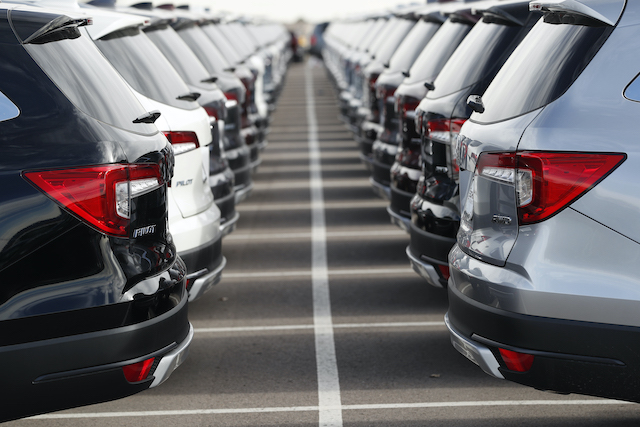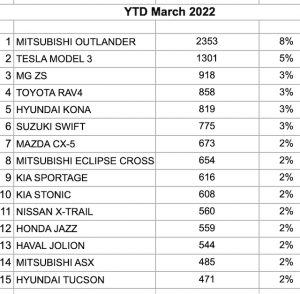
The record 21,044 new vehicles registered with the NZ Transport Agency in March was the end result of a motoring industry move to avoid the first stage of the Coalition Government’s tax axe on petrol and diesel engines.

It was driven largely by distributors and dealers first registering vehicles to themselves. Nothing new in that, except it took on new urgency a month out from a new tax year and the imposition of the Clean Car Discount (CCD) on April 1.
From then on, buyers who first register a new or imported used vehicle that exceeds 192kilograms/kilometre of C02 exhaust pollution will pay a penalty. The second stage, the Clean Car Standard (CCS), begins on January 1 next year. It taxes the distributors of such vehicles under a new limit of 145gr/km.
Saying quiet part out loud: exhaust tax a double whammy
Last month’s registrations were the strongest on record, beating by 4437 units the 16,607 logged in October 2018. Of course registrations aren’t necessarily sales, despite what the NZ Herald and other media outlets persist in reporting. Many of the 21,044 vehicles weren’t actually sold to an end user – they were just registered and still sit unsold.
A further clear sign that the motoring industry was loading up to brace itself for the new exhaust tax regime was that registrations after the first three months of 2022 were up 12.5% (5230 units) on the same period last year. Those for March alone were up 35.8% (5546) on March 2021.
That distributors wanted plenty of stock before April 1 was made especially clear by Mitsubishi: it registered 8300 vehicles in the first three months, of which 4238 were Triton utes and 3493 SUVs.

More than half (2266) Triton regos were logged in March alone, where Triton was the month’s best selling commercial. Another pointer to stocking up: Triton’s 4238 units for the first quarter of 2022 compare with 4963 for the whole of 2021.
The Mitsubishi Outlander SUV is the No.1 passenger vehicle so far this year, although the Tesla Model 3 was tops in March. Many Outlanders of course are electrically assisted, which helps Mitsubishi gain EV tax credits against its diesel ute fleet under the new structure.
As usual, utes dominated the numbers. March regos of 9841 units were up 83% (9841) on the 4456 in the same month last year. The country’s most popular vehicles – almost all of them diesels – will be hit hardest by the new taxes.
Ford registered 1933 Rangers and Toyota 1580 Hiluxes. Ranger’s second place wasn’t unexpected as Ford counts down Ranger stock months out from the launch in New Zealand of the next-generation model.
- There were 1777 battery-electric (BEV) vehicles, 431 PHEV’s and 496 hybrids sold in March. The top selling BEV models were the Tesla Model 3 (949) followed by the MG ZS (129) and the Polestar 2 (105).
- The 496 hybrid regos were considered soft as buyers delayed moving until April to take advantage of the rebate under the CCD. The No. 1 hybrid for March was the Toyota RAV4 (84 units) followed by the Honda Jazz (42) and the Mercedes-Benz C-Class (33).
- Demand for small passenger cars continues to decline, down from 56% for most of the 2021 to 48% for March. This reflected the strong sales of light commercial vehicles ahead of the CCD scheme, said Motor Industry Assoc. CEO David Crawford.
